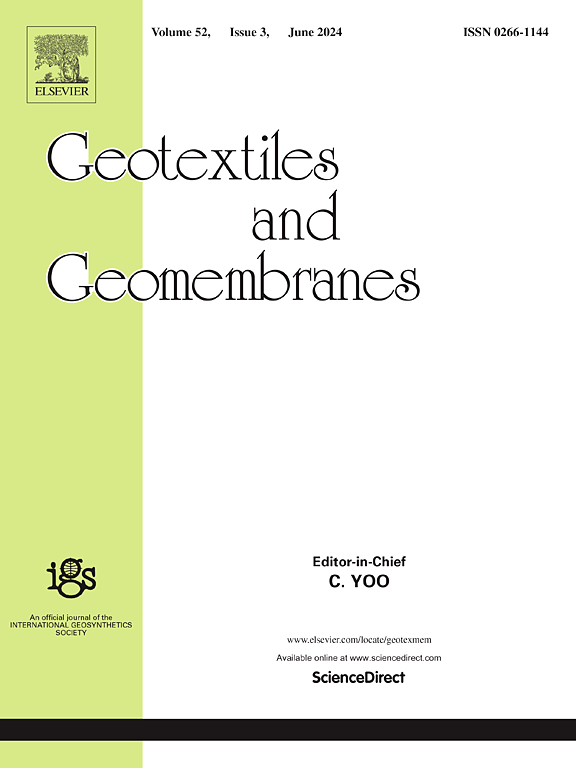Influence of secondary reinforcements on the behavior of geosynthetic reinforced soil walls
Abstract
This paper presents numerical simulations to investigate the influence of secondary reinforcements on the behavior of geosynthetic reinforced soil (GRS) walls under static loading. Simulations were conducted using a finite difference program to model an instrumented field GRS wall with secondary reinforcements. Simulated results are in good agreement with field measurements, including facing displacements, lateral soil stresses, and tensile strains of the primary and secondary reinforcement. A parametric study was then conducted to investigate the influences of secondary reinforcement length, backfill soil friction angle, and wall height on the static behavior of GRS walls with secondary reinforcements. Results indicate that the maximum facing displacement and the required reinforcement tensile force of primary reinforcements generally decrease with increasing secondary reinforcement length up to a critical value. The decreasing effect is more pronounced for GRS walls with lower soil friction angle and higher wall height. The K-stiffness method is overconservative for the calculation of required tensile force of primary reinforcements for GRS walls with secondary reinforcements, and the overestimation increases with increasing secondary reinforcement length. A design method that accounts for the influence of secondary reinforcements on the internal stability of GRS walls is provided.

 求助内容:
求助内容: 应助结果提醒方式:
应助结果提醒方式:


